
The eye is certainly one of the most delicate organs in the human body. This is why any disease which affects any part of the eye significantly interferes in proper vision and causes additional problems. In case of dry eye disease there is no sufficient amount of tears and this affects the cornea which requires proper and permanent supply with tears so that the person may see clearly.
Tears are normally produced by the lacrimal glands, a pair of almond-shape structures located in the upper, outer portion of each orbit. These glands provide with sufficient amount of tears. The basic function of tears is to lubricate the eye and flush all the foreign bodies which come to a contact with the outer surface of the eyeball.
Causes of Dry Eye Disease
Dry eye disease affects the tear film which consequently results in tear deficiency. The symptoms and signs are additionally enhanced by excessive evaporation of the tears. Insufficient lubrication leads to damage of the inner-palpebral surface of the affected eye. There are many factors which contribute to the condition and they can be classified into several groups.
Dry eye disease may be induced by environmental factors such as excessive exposure to central heating systems or excessive use of hair dryer. Extremely dry climatic conditions are also responsible for the occurrence of dry eye disease. High levels of pollution and improper care of contact lenses also contribute to the occurrence of the disease.
Furthermore, many medical eye conditions induce dry eye disease. Some of them are Meibomian gland dysfunction, blepharitis (inflammation of the eyelid), rosacea, and herpes virus infection etc.
And finally, specific surface abnormalities which cause proptosis, nocturnal lagophthalmos or conjunctival chalasis may feature with symptoms of dry eye disease.
Effects of Dry Eye Disease
The effects of dry eye disease are basically related to the underlying cause and potential triggers. The eye becomes extremely dry and this dryness leads to irritation. Irritation of the inner surface of the eyes is typically accompanied by erythema, and itching or burning sensations. The patients also complain about blurred vision and if dryness is very intensive the patients may even face excruciating pain. If left untreated there is a chance of ulcerations of the superficial layer of the cornea. Ulcer may be rather deep and in neglected cases cause corneal perforation and severe visual impairment. Dryness of the eyes is also a risk factor for many infections which may only make the situation worse. So, it is essential to find the underlying cause of dry eyes and treat it properly. The patients are administered many medications according to the underlying disease and some of them are prescribed artificial tears which provide with adequate lubrication of the eyeballs.


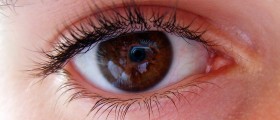
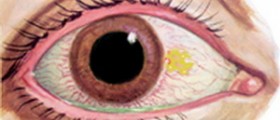


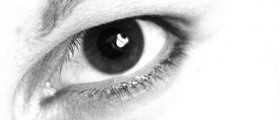
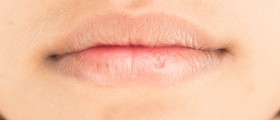





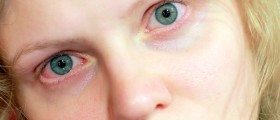



Your thoughts on this
Loading...